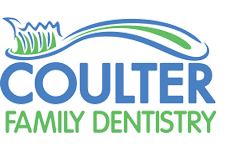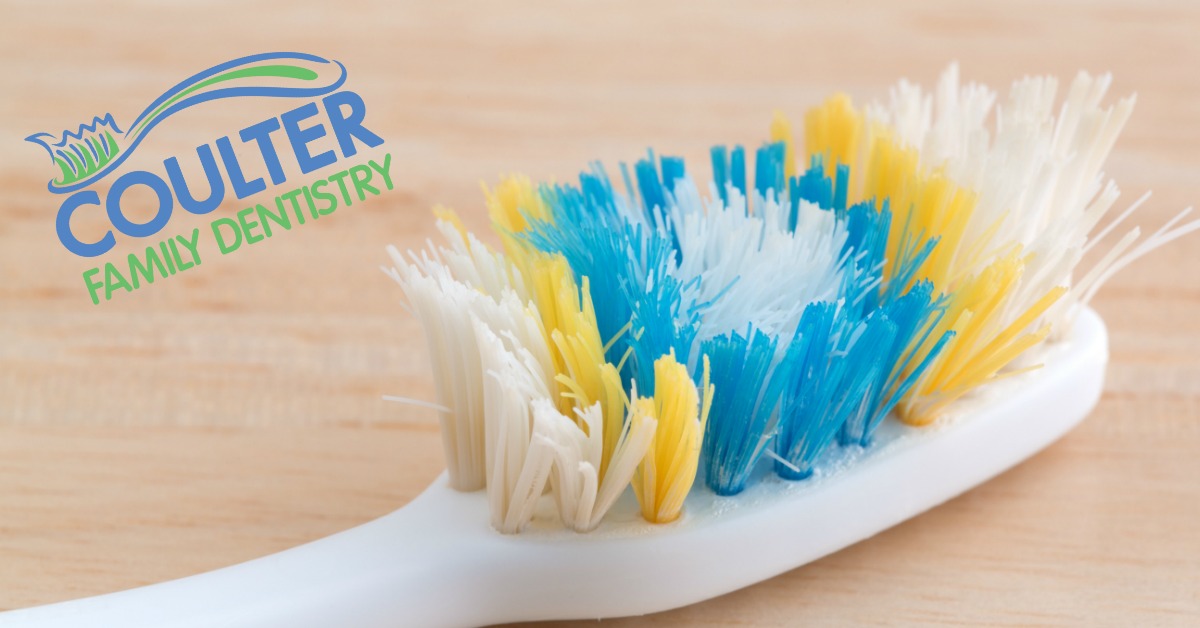
Anxiety in the Dental Office: Sedation and Relaxation
Sharp instruments around your gums, a drill running at 40,000 RPM, long 25 gauge needles…sounds like the trailer for Texas Chainsaw Massacre V. Many people experience some level of anxiety when they go to the dentist, and with images like that it is understandable. We see patients every week who tell us that their old dentist drilled into their tooth or pulled their tooth despite the patients pleas for more anesthesia. Evidently there is some sadistic dental office in Knoxville that promotes inflicting pain and torture in the dental chair. I’m surprised we have not seen the headline “After 73 years, evil dentist captured”.
We now have anesthetics that work better, needles that are thinner, drills that are quieter and dentists who are nicer. The past is behind us and the future of dentistry is bright, however dentists must remember that some patients were victims of that evil sadistic dentist. Some patients require a little more comfort at their dental appointment. Luckily there are many anti-anxiety and sedative measures that can be taken to ensure a relaxing dental appointment. The following post will talk about how our Knoxville dental office incorporates these techniques into patient care.
Communication
At any appointment communication is key. From start to finish, patients should understand all aspects of treatment. This begins with setting up the appointment. The patient and dental office should be on the same wavelength and understand what time the appointment begins and anything the patient should do to prepare. When treatment is diagnosed there should be a solid understanding of finances. The dentist should not just whip out a long, sharp needle and jab the patient. Specific techniques should be used to precisely administer the anesthesia with minimal discomfort. If it will take an hour to complete the planned treatment the patient should be notified so they can relax their white-knuckle grip on the armrest and find a happy place. That is specifically why our office has televisions on the wall and the ceiling. We want our patients to be able to tune into their favorite Netflix binge, catch up on their ESPN, see what the latest HGTV renovation looks like or listen to their favorite Pandora or Spotify station.
Laughing Gas
This is the next most common method of reducing dental anxiety. Nitrous oxide, sometimes called “laughing gas” is a safe and effective sedative agent that is inhaled through a small nose mask to help you relax. It is not intended to put you to sleep. You will be able to communicate to any requests or directions the dentist may have.
Medication
There are many pills that can be taken by mouth to control dental anxiety. Benzodiazepines, including Valium and Xanax, are some of the most commonly prescribed medications in the United States. The use of sedatives have a proven efficacy and safety for managing anxiety regarding dental treatment. Medication may be prescribed the night before the appointment to ensure that the patient is well rested. They may also be given prior to the dental appointment so the patient is comfortable and relaxed during their dental treatment. Due to the varying recovery times of many sedatives, patients who elect to have this type of anxiolytic should be advised not to drive, make important decisions, or consume alcohol for a period of 24 hours after the appointment. The use of an oral medication to control anxiety will necessitate that the patient have an escort who is a responsible adult.
IV Sedation
An anesthesiologist or nurse anesthetist is well suited to handle deeper levels of sedation. Dr. Coulter worked for three years at the University of Tennessee Medical Center where some of the dental work was done in the operating room. Patients that were seen at the hospital were unable to handle treatment in the customary dental environment and needed to be completely sedated. This requires a TEAM approach with the dentist focusing on the mouth and the anesthesia personnel focusing on the keeping the patient unconscious yet alive.
Conclusion
Dental anxiety is not uncommon among our Knoxville patients. Different patients require different anti-anxiety options depending on their history and health. Using any of these anti-anxiety or sedation techniques will allow patients to visit the dentist in a stress-reduced state. Fear and anxiety could otherwise impede the patients ability to seek and maintain proper oral health care. When correctly implemented, these treatment methods have been proven to be not only safe but very effective in patients with high levels of dental anxiety.



